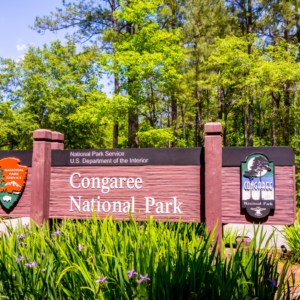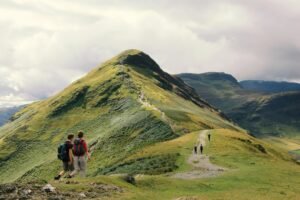Hawaii Volcanoes National Park

Hawaii Volcanoes National Park is a must-visit destination for any traveler seeking to witness the raw power and beauty of nature. Home to two of the world’s most active volcanoes, Kīlauea and Mauna Loa, the park offers a unique opportunity to observe volcanic activity up close.
The dramatic landscapes, from flowing lava fields to lush rainforests, showcase the dynamic and ever-changing nature of the Earth. The park also holds deep cultural significance, preserving the heritage and traditions of Native Hawaiians. Visiting Hawaii Volcanoes National Park is not just an adventure but a journey into the heart of one of the planet’s most awe-inspiring natural wonders.
Why a Traveler Should Visit Hawaii Volcanoes National Park
A traveler should visit Hawaii Volcanoes National Park for several compelling reasons:
- Active Volcanoes
- Unique Landscapes
- Night Sky Viewing
- Hiking Trails
- Cultural and Traditional Significance
- Biodiversity
Seasonal Beauty of the Park
The park has unique beauty in every season. Every season offers a different look which attracts visitors the most. Here’s a brief description about the seasonal blooms in the park:
Spring (March to May)
Spring brings vibrant wildflowers and lush greenery to the park. The temperatures are mild which makes it a perfect time for hiking and exploring the diverse landscapes. And the combination of fresh blooms and volcanic terrain creates a stunning contrast.
Summer (June to August)
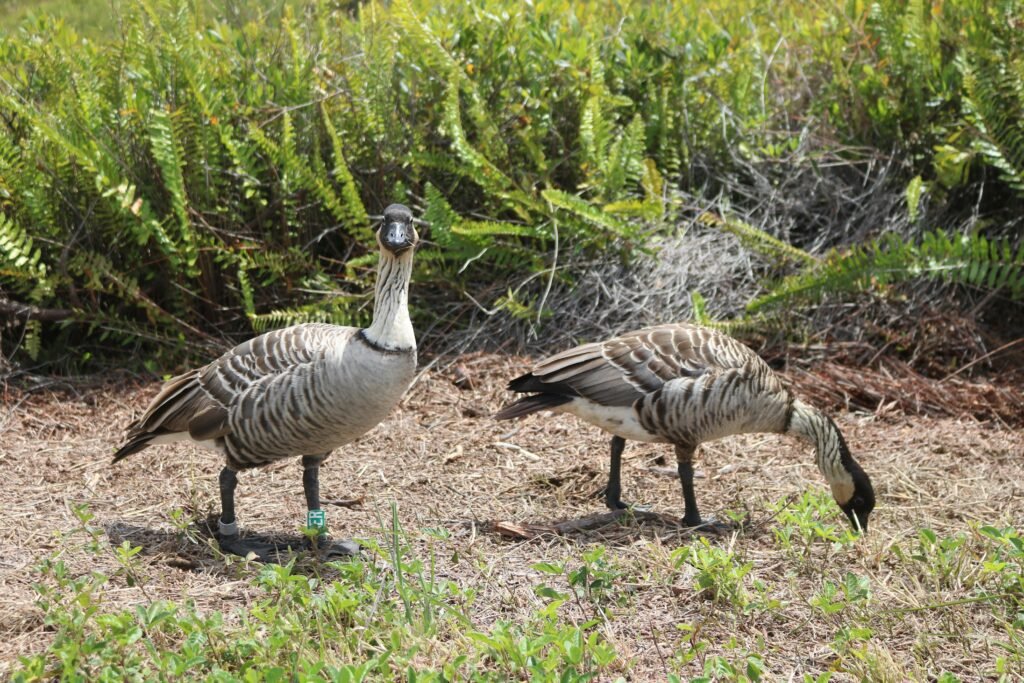
Summer is the busiest season, with warm temperatures and long daylight hours ideal for outdoor activities. The higher elevations offer cooler temperatures and provide a pleasant escape from the summer heat. Additionally, a traveler should be prepared for occasional rain showers, especially in the rainforest areas.
Fall (September to November)
Fall is an excellent time to visit, with fewer crowds and comfortable temperatures. The changing foliage adds a touch of color to the landscape, which amazed me the most. And the park’s trails are less crowded, offering a more serene experience.
Winter (December to February)
Winter brings cooler temperatures and increased rainfall, particularly in the rainforest regions. However, the park’s volcanic activity remains a constant draw. The clear winter skies provide excellent stargazing opportunities, and the contrast between snow-capped Mauna Loa and the surrounding lava fields is breathtaking.
You should go to the park according to your choice. If you’re a hiker, you can go in Spring and if you want to spend a calm time, you should go in Fall season.
Must-See Attractions of the Park
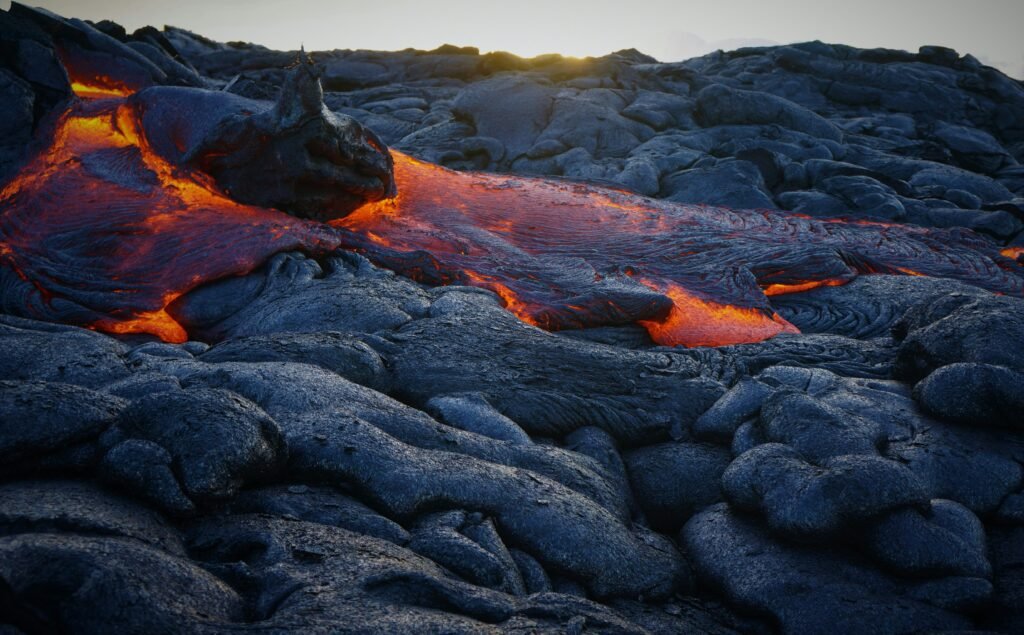
The park is full of attractions. Here are some top notch places that you must visit:
Kīlauea Caldera
The Kīlauea Caldera is the park’s most iconic feature. Witnessing the active lava lake at Halema‘uma‘u Crater is an unforgettable experience. The caldera offers several viewpoints and trails, including the Crater Rim Drive, which provides a comprehensive tour of this volcanic wonder.
Thurston Lava Tube
Explore the Thurston Lava Tube, a natural tunnel formed by flowing lava. Walking through this illuminated tube is like stepping into another world. The surrounding rainforest adds to the mystical atmosphere.
Chain of Craters Road
This scenic drive takes you through a series of volcanic craters and dramatic landscapes, ending at the coast where lava meets the ocean. The road offers numerous stops for hiking and photography, showcasing the park’s geological diversity.
Mauna Loa
Mauna Loa, the world’s largest volcano, offers challenging but rewarding hikes. The summit hike provides panoramic views of the island and a close-up look at the volcanic landscape. This is a must-do for experienced hikers seeking adventure.
Pu‘u Loa Petroglyphs
Discover the ancient Hawaiian petroglyphs at Pu‘u Loa. These rock carvings provide a glimpse into the cultural history and traditions of the island’s native people. The trail to the petroglyphs is relatively easy and offers a unique cultural experience.
Outdoor Activities in Hawaii Volcanoes National Park
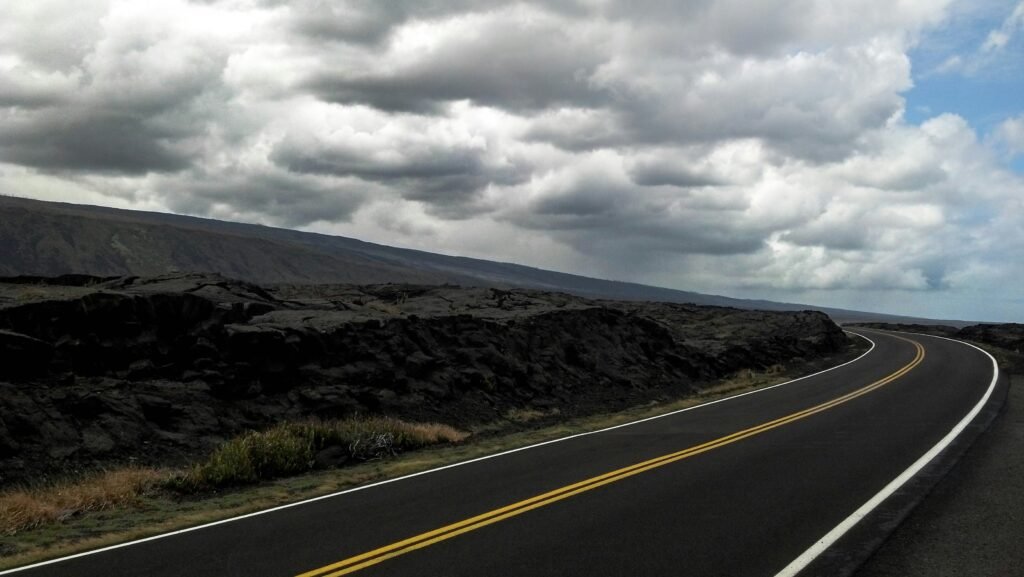
This park provides a variety of recreational and educational outdoor activities that will help visitors have an enjoyable time. Some of them:
Hiking
The park boasts a variety of hiking trails, ranging from easy walks to challenging backcountry hikes. Popular trails include the Kīlauea Iki Trail, which takes you across a volcanic crater, and the Devastation Trail, which showcases the aftermath of a volcanic eruption.
Birdwatching
The diverse ecosystems of the park are home to a variety of native birds, including the endangered Nēnē (Hawaiian goose). Birdwatching is a popular activity, especially in the rainforest and along the park’s numerous trails.
Photography
The park’s dramatic landscapes and volcanic activity provide endless opportunities for photography. From sunrise to sunset, the changing light creates stunning photo opportunities, whether you’re capturing the glow of lava or the lush rainforest.
Stargazing
The park’s high elevation and clear skies make it an excellent location for stargazing. The Mauna Loa Lookout and Jaggar Museum overlook are popular spots for observing the night sky and the glowing lava below.
Ranger-Led Programs
The park offers a variety of ranger-led programs, including guided hikes, talks, and cultural demonstrations. These programs provide valuable insights into the park’s geology, ecology, and cultural significance.
How to Get to Hawaii Volcanoes National Park
By Air
The nearest major airport is Hilo International Airport (ITO), approximately 30 miles from the park. Kona International Airport (KOA) is about 96 miles away and offers additional flight options. Rental cars are available at both airports.
By Car
From Hilo, take Highway 11 southwest for about 30 miles to reach the park. From Kona, take Highway 11 southeast for about 96 miles. The drive offers scenic views and is a great introduction to the island’s diverse landscapes.
By Bus
The Hele-On Bus service offers limited routes to the park from Hilo. While not the most convenient option, it is a budget-friendly choice for those without access to a car.
Accommodation Options and Tips
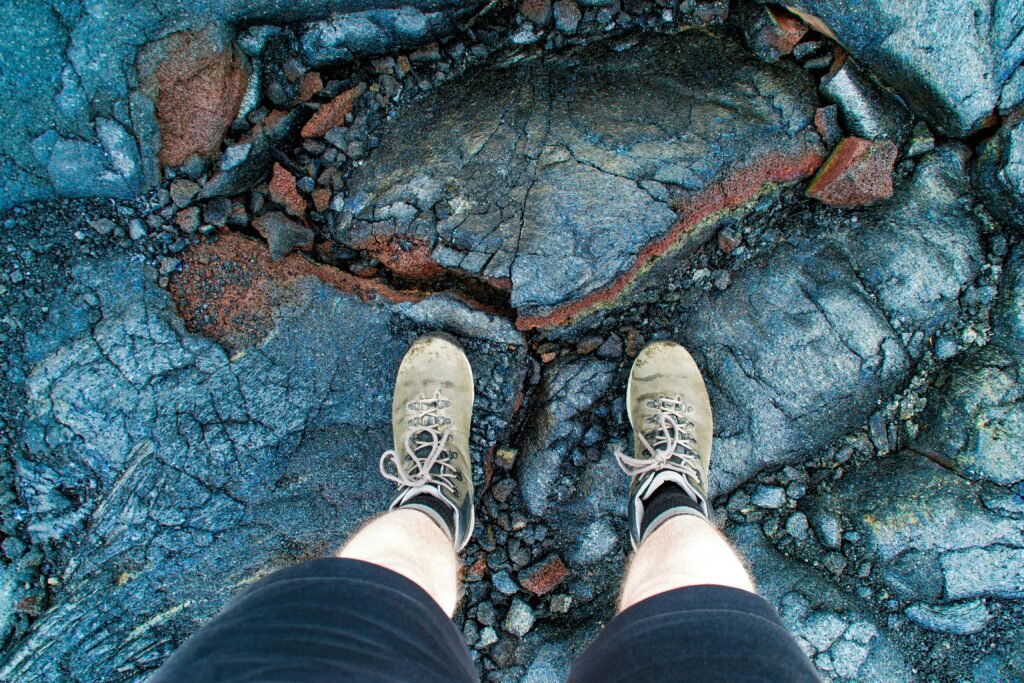
Inside the Park
Inside the park there are many options of hotels and campgrounds.
- Volcano House: This historic hotel offers comfortable accommodations with stunning views of the Kīlauea Caldera. It’s the only lodging available within the park and provides a unique and immersive experience.
- Nāmakanipaio Campground: Located within the park, this campground offers tent and cabin rentals. It’s a great option for those who enjoy camping and want to stay close to the park’s attractions.
Outside the Park
There are plenty of accommodation options outside the park.
- Volcano Village: Just outside the park’s entrance, this charming village offers a variety of lodging options, including bed-and-breakfasts, vacation rentals, and small hotels. Staying here provides easy access to the park and local dining options.
- Hilo: Located about 30 miles from the park, Hilo offers more extensive lodging options, including hotels, motels, and vacation rentals. It’s a good choice for those looking for more amenities and services.
Accommodation Tips
- Book well in advance, especially if you plan to stay at Volcano House or during peak seasons.
- Consider staying in Volcano Village for a more immersive experience and easy access to the park.
- If camping, bring appropriate gear and be prepared for varying weather conditions, especially at higher elevations.
Expenses and Fees
- Entrance Fees
- $30 per vehicle for a 7-day pass
- $25 per motorcycle
- $15 per individual (hiking or biking)
- An annual pass is available for $55
- Accommodation Costs
- Volcano House: Rates range from $200 to $300 per night, depending on the room type and season.
- Campgrounds: Nāmakanipaio Campground charges $15 per night for tent sites and $80 per night for cabins.
- Additional Costs
- Meals and dining in Volcano Village or Hilo can vary widely, with options ranging from budget-friendly to more upscale.
- Rental car expenses will depend on the vehicle type and rental duration.
Some Information Regarding Your Tour:
- Check the park’s website for current conditions, volcanic activity updates, and any closures before your visit.
- Make lodging and rental car reservations well in advance, especially during peak seasons.
- Wear sturdy shoes for hiking and exploring.
- Dress in layers to accommodate the park’s varying temperatures and weather conditions.
- Stay on marked trails and follow all safety guidelines, especially near active volcanic areas.
- Carry plenty of water, sunscreen, and snacks, as amenities within the park are limited.
- Practice Leave No Trace principles to preserve the park’s natural beauty.
- Do not remove any rocks, plants, or other natural items from the park.
- Start your visit at the Kīlauea Visitor Center for maps, information, and ranger advice.
- Take advantage of ranger-led programs and educational exhibits to enhance your understanding of the park.
Park Overview
Established in 1916, Hawaii Volcanoes National Park encompasses over 330,000 acres on the Big Island of Hawaii. The park’s primary features are Kīlauea and Mauna Loa, two of the world’s most active volcanoes. The diverse landscapes range from barren lava fields to lush rainforests, offering a unique and dynamic environment.
The park is divided into several regions, including the summit area of Kīlauea, the East Rift Zone, and the coastal area. Each region offers distinct geological and ecological features, making the park a fascinating destination for exploration and discovery.
Hawaii Volcanoes National Park is not only a geological wonder but also a cultural treasure. The park preserves the history and traditions of Native Hawaiians, providing a deeper understanding of the island’s heritage. Whether you’re an adventure seeker, a nature lover, or a history enthusiast, the park offers an unforgettable experience that showcases the power and beauty of the Earth.

